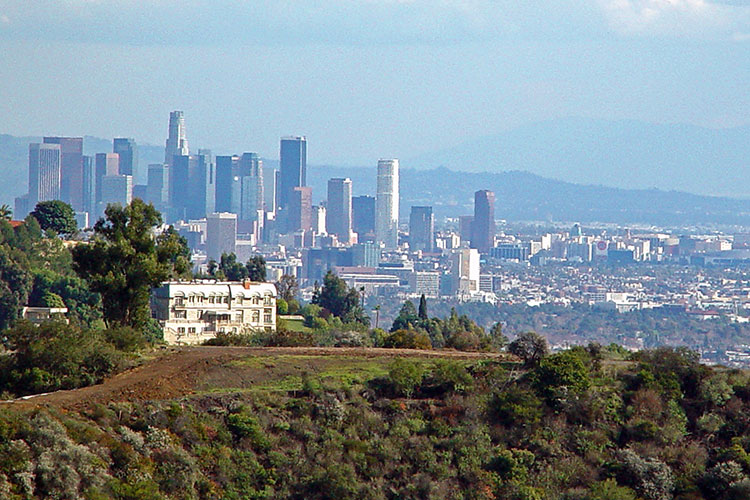Down and Dirty 6: No Tomato Harvest When You Did Everything Right

Down and Dirty Southern California Gardening
A weekly GardenZeus article series to help gardeners succeed in Southern California’s unique climates and growing conditions.
Post 6: No Tomato Harvest When You Did Everything Right
A gardener or landscaper can do everything else right, and still have plants that underperform, struggle, or even die from problems related to soil alkalinity. If you believe you have done everything right and your tomatoes, other vegetables, or other plants are tending to be stunted, weak, produce low or no yields, have yellowing leaves, and/or have pest and disease problems, the problem may be soil alkalinity – or as is more often the case, soil alkalinity may be a key issue among a compounded set of problems.
If your mature tomato plants are lush and vigorous but aren’t producing fruits, this may be caused by overfertilizing with nitrogen or by growing conditions that favor vegetative growth, and can often be resolved by withholding water until tomato plants wilt, then watering again, which will usually stress them enough to shift them into blooming and fruiting.
Soil alkalinity is common in Southern California’s clay soils and is particularly hard on plants when combined with soil compaction, low fertility, poor drainage or infiltration, dry soil, or other issues.
In my experience over more than a decade as a landscape-and-garden consultant in Southern California, if you don’t know your soil pH, haven’t tested it, or haven’t paid attention to it, chances are good that it’s alkaline and that it’s causing at least some degree of problems in your landscape or garden.
From the coast to inland valleys and the Inland Empire, from the southern Central Valley through Los Angeles and Orange County to San Diego, Southern-California urban soils are predominantly alkaline, as compared with acidic soils throughout the Eastern United States and much of the temperate United States.
Depending upon degree of alkalinity, this can be a huge barrier to growing vegetables, flowers, other ornamentals, and trees. At a pH of 7, many food-bearing plants struggle but may produce a yield, while at pH of 7.3 to 7.6 or higher (with some Southern California soils at pH of 8 or higher), plants problems tend to multiply and compound.
Yard-sized avalanches of interrelated plant problems that start with alkaline soils are the norm in Southern California: from low-or-no yield gardens to stunted or shocked plants; and from perpetual chlorosis (yellowing between veins on older leaves and new leaves that are light-green or yellow) as a result of iron being unavailable in soil; to diseases, pest infestations, and much more.
In the next two Down and Dirty articles I will discuss easy and inexpensive options for testing soil pH at home.
Expert advice is often critically important to resolve the core gardening problems described in this article series. Individual circumstances vary and may require different approaches and methods for success. No single piece of advice will apply to all circumstances or everywhere within Southern California. Further articles in this series will revisit common problems and topics with additional detail.
How to address soil alkalinity in Southern California? The 3 main, general treatment options and solutions are:
1) Treat the symptoms, such as chlorosis, pests, and diseases. Use chelated iron and other products and fertilizers to temporarily address problems. This doesn’t actually solve the problem, but may provide a degree of short-term improvement or relief.
2) Apply acidifying materials, treatments, amendments, and products.
3) Create conditions for thriving soil ecosystems and depend upon billions of microorganisms per handful of healthy soil to reduce soil alkalinity and optimize soil conditions for nutrient uptake by plant roots.
(These solutions will be discussed in detail in future Down and Dirty articles.)
“Down and Dirty Southern California Gardening” is a weekly GardenZeus article series in which expert Darren Butler shares more than 20 years of experience about what works and what doesn’t with gardening in Southern California:
Post 5: What is the Mother of All Southern California Landscape and Garden Problems?
Post 7: Mudpies and Fizz: Easy Home Tests for Soil pH
All articles in this series: Down and Dirty Southern California Gardening
GardenZeus Calfornia climate zones
Enter your California zip code for customized advice by plant